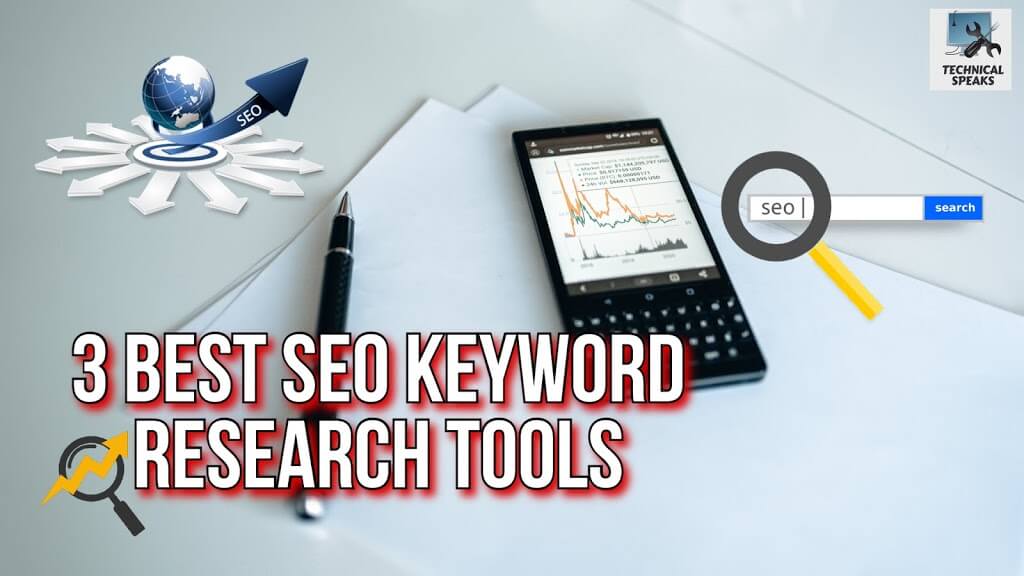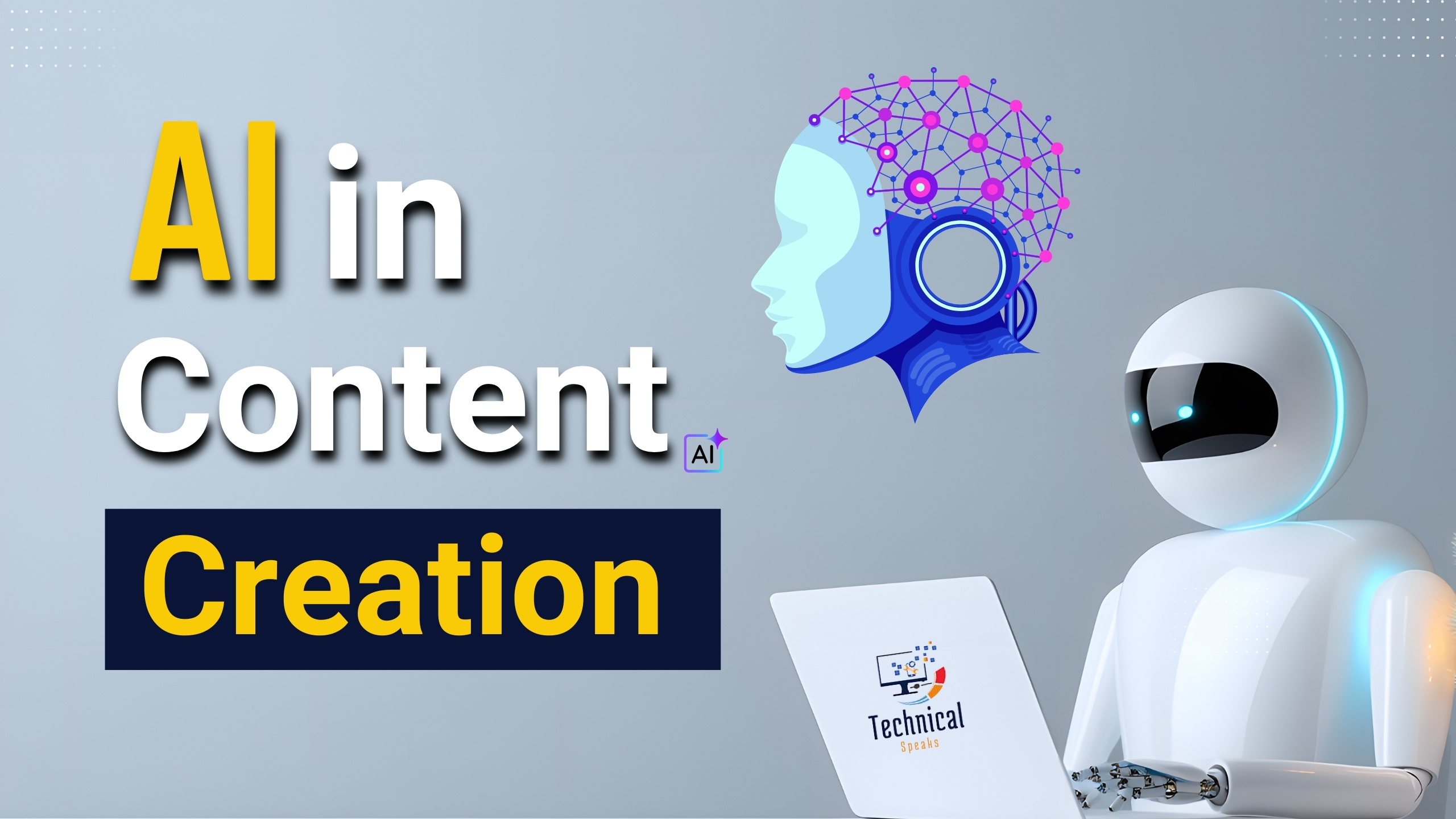In today’s fast-paced digital world, content creation is the cornerstone of branding, marketing, and audience engagement. Businesses, bloggers, and content creators are always under pressure to deliver timely, engaging, and unique content. However, creating content the old-fashioned way can be resource-intensive, time-consuming, and challenging to scale.
In this sense, content creation driven by AI is revolutionary. By using advanced artificial intelligence tools, creators can create high-quality, SEO-friendly, and personalized content in a fraction of the time and cost. This approach also strengthens AI SEO, helping websites rank better by aligning AI-generated content with search engine algorithms. However, if you want to fully utilize AI-driven content, you must approach it strategically.
This blog offers a 10-step guide on how to use AI-powered content creation efficiently without compromising originality or quality.
Step 1: Determine Your Content Goals
Prior to using AI tools, it is essential to have a clear understanding of your content creation goals. Think about this:
- Do you want more people to visit your website?
- Are you trying to educate your audience?
- Is brand awareness, sales, or engagement the goal of the content?
For instance, a SaaS company may focus on creating in-depth guides to raise its Google ranking, while an influencer may prioritize short-form content that is optimized for social media.
Tip: Write down your content goals and match them to your marketing funnel’s awareness, consideration, and decision phases. AI can then be trained to generate content tailored to those goals.
Step 2: Conduct a Comprehensive Keyword Study
AI works incredibly well when it is provided with the right data. Researching keywords is the first step in determining what your audience is searching for. Some helpful tools are Ahrefs, SEMrush, and Google Keyword Planner.
In this sense, content creation driven by AI is revolutionary. By using advanced artificial intelligence tools, creators can create high-quality, SEO-friendly, and personalized content in a fraction of the time and cost. From generating blog outlines to assisting with SEO Keyword Research, AI can simplify processes that once took hours. However, if you want to fully utilize AI-driven content, you must approach it strategically.
Suggestion: Focus on long-tail keywords (like “top AI tools for small businesses”) because they are less competitive and have a higher conversion rate.
Step 3: Pick the Right AI Content Creation Tool
Not all AI tools are created equal. Depending on your needs, you may require:
- ChatGPT, Jasper, and Copy.ai are examples of AI writing tools for social media and blog posts.
- AI-powered visual design tools like Canva AI and Adobe Firefly.
- Multimedia video producers with AI capabilities, like Synthesia or Pictory.
Which tool is best for you will depend on your target platform and type of content. For example, while a blogger might prioritize Jasper for SEO-driven articles, a YouTuber might prefer AI-powered scriptwriters and video editors.
Tip: Take advantage of free trials offered by a number of AI platforms before investing in premium versions.
Step 4: Create an Effective Content Brief
When given clear instructions, AI performs at its best. Instead of merely asking, “Write me a blog about SEO,” provide a structured brief like this one.
- The target audience consists of small business owners.
- Goal: Boost organic traffic
- Professional yet friendly tone
- Word count: 1200–1500
- Keywords: “SEO strategy 2024,” “beginners’ guide to SEO basics”
Giving AI a roadmap will result in content that more closely matches your expectations.
Tip: If you give the AI a better prompt, it will do better. Always provide the appropriate context, tone, and format.
Step 5: Use AI to Produce Outlines and Initial Drafts
After your brief is finished, ask AI to create a content outline. This outline should include headings, subheadings, and bullet points to help guide the flow.
For example, if you’re writing about “AI in Healthcare,” the outline might include the following:
- Summary
- The benefits of AI in healthcare
- Challenges and Ethical Concerns
- Case Examples
- Future Trends
After the outline has been examined and refined, use AI to draft the content. Hours of planning and brainstorming are no longer necessary as a result.
Tip: Don’t count on a perfect first draft. Think of AI’s version as a springboard for further advancements.
Step 6: Adjust and Add a Human Touch
Sometimes, AI-generated content feels generic or lacks emotional nuance. At that point, human editing becomes crucial. Incorporate:
- Personal experiences
- Real-world examples
- Brand-specific tone
- Elements of narrative
Instead of allowing AI to write a generic explanation of “content marketing,” you could, for instance, share a personal story about how a blog post once doubled your website traffic.
Tip: Always confirm that AI content is accurate. It is excellent at generating ideas, but it can also generate inaccurate or outdated information.
Step 7: Make SEO-friendly adjustments
Make sure your draft is SEO-friendly and search engine optimized once it’s finished. Be mindful of:
- Keyword placement in the title, meta description, body, and headers
- Internal linking is the process of joining related blogs on your website.
- External links to trustworthy sources
- Optimising images with alt text
- Formatting that is easy to read (short paragraphs, bullet points, subheadings)
Your draft can be examined by AI tools like Surfer SEO and Clearscope, which can then recommend changes to improve its Google ranking.
Advice: Steer clear of keyword stuffing. Natural, user-focused content is given priority.
Step 8: Use AI-Generated Visuals to Improve
Without images, a blog post or social media update may seem lacking. Make interesting infographics, graphics, or even AI-generated images with AI-powered tools.
For instance:
- Infographics using Canva AI
- For imaginative illustrations, use DALL·E or MidJourney.
- Pictory or Lumen5 for brief video content
Visuals make your content stand out by improving comprehension, shareability, and engagement.
Advice: Always make sure images match the tone and color palette of your brand.
Step 9: Evaluate and Assess the Performance of the Content
AI aids in the creation of content, but the effectiveness of the material determines its success. Utilize analytics software like SEMrush, HubSpot, or Google Analytics to monitor metrics like:
- Views of pages
- Rate of bounce
- Average amount of time spent on a page
- Rates of conversion
Make adjustments to your AI-generated content strategies in light of this data. For instance, you can use AI to produce more listicle-style articles if you find that they outperform lengthy guides.
Advice: Try different headlines, calls to action, and formats to see which ones your audience responds to the best.
Step 10: Use AI feedback to continuously improve
AI’s capacity for learning and adaptation is what makes it so beautiful. Numerous AI tools offer comments, make suggestions for enhancements, or point out any holes in your content.
Additionally, train your AI by exposing it to brand guidelines, preferred tones, and successful blogs. The tool gradually adapts to your content style.
Advice: Keep up with emerging AI capabilities. Adopting new tools can provide you with a competitive advantage as the industry changes rapidly.
Concluding remarks
The goal of AI-powered content production is to enhance human creativity, not to replace it. You can increase productivity, save time, and maintain audience-resonant content quality with the correct approach.
This 10-step guide will give you a clear road map:
- Establish objectives
- Research terms
- Select your tools.
- Make briefs
- Create drafts
- Modify and make more human
- Get SEO-friendly
- Include images
- Monitor performance
- Keep getting better
Authenticity is not lost when AI is adopted. Instead, it lets technology do the heavy lifting while you concentrate more on strategy, creativity, and storytelling.
In the digital age, content creation driven by AI has the potential to be your greatest growth engine if done correctly.








